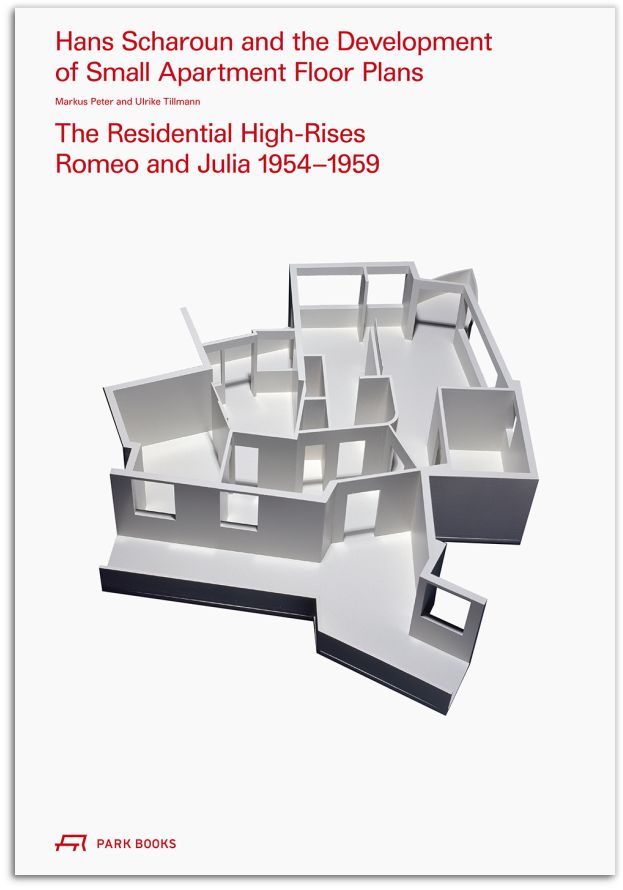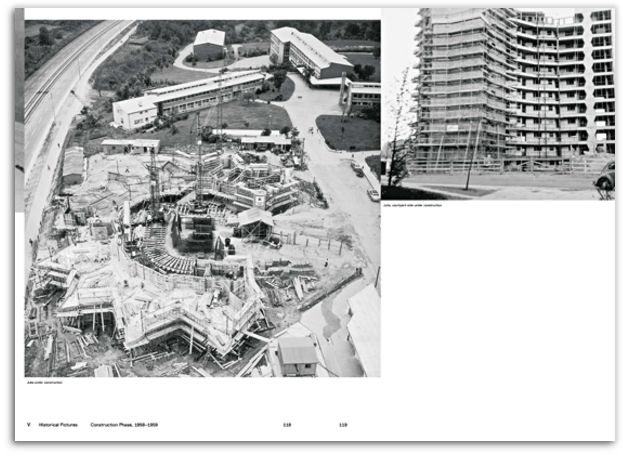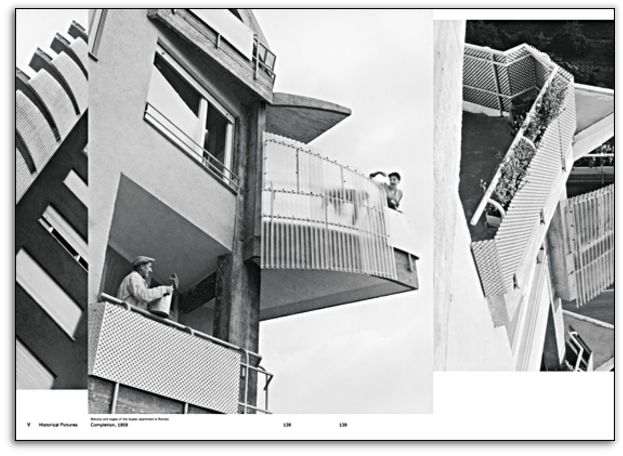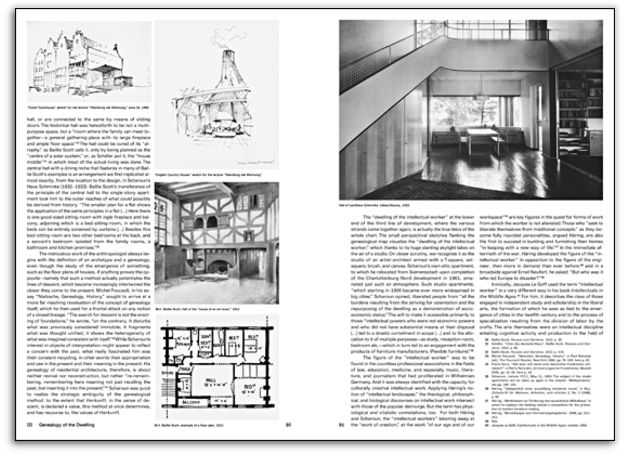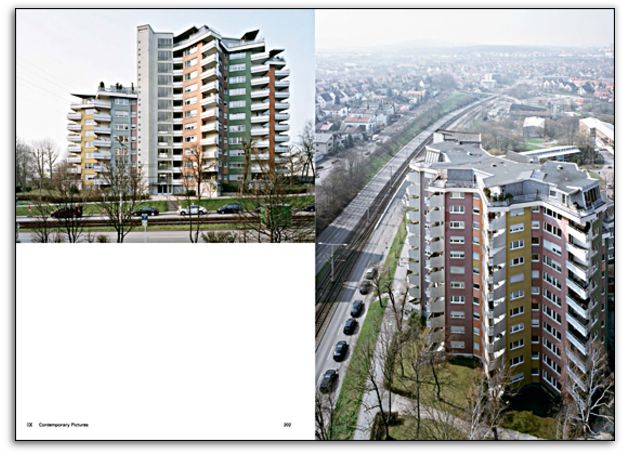Hans Scharoun and the Development of Small Apartment Floor Plans
The Residential High-Rises Romeo and Julia, 1954–1959
Insights into the design process and intellectual foundation of Hans Scharoun, one of the most extraordinary protagonists of Germany's modern architecture
GVA Gemeinsame Verlagsauslieferung Göttingen
GmbH & Co. KG
P.O. Box 2021
37010 Göttingen
Germany
+49 551 384 200 0
info@gva-verlage.de
Romeo and Julia, two residential high-rises in Stuttgart, built 1954–59 and designed by Hans Scharoun (1893–1972), constitute the most original and far-reaching of the various attempts to re-design the entire “process of living” that this extraordinary protagonist of Germany's modern architecture undertook. Over decades, Scharoun had woven and extensive network of research and knowledge systems as a basis for his floor-plan designs. His unpublished writings and, even more importantly, his lectures from between 1947 and 1958 reveal the countless threads of research and discourse, which his work in residential architecture referenced and absorbed. They highlight the sometimes contradictory, yet constant renewal and consolidation of his knowledge in the field of housing.
This new book, based on extensive research in collaboration with Berlin's Akademie der Künste, demonstrates how closely interlocked Romeo and Julia are with their architect's immense engagement with the topic of housing. Drawing on previously unpublished archive material held at the Akademie der Künste, the authors for the first time allow the reader an insight into Scharoun's design process. Alongside reproductions of original plans and drawings, the book features excerpts from Scharoun's unpublished text fragments. New images by Swiss architectural photographer Georg Aerni, illustrating the two towers’ highly expressive appearance, round out this volume.
“Every now and then, an architecture book comes along that reminds you of all the things you love about architecture. The documentation of Scharoun’s simultaneously meticulous and messy design process, often presented in this sizable book on a facsimile of its original matte beige sketch paper, is astonishing, a “back to basics” architecture informed by extensive research—his own and that of colleagues in related fields who set out to solve the housing crisis in postwar Germany—and countless drawings of a kind that have become foreign to our contemporary eyes, now accustomed to lifelike renderings and slick animations to illustrate a project.” Josephine Minutillo, Architectural Record
“Something worth highlighting in this publication is its ability to become a primary resource for future research on Scharoun's work, on the history of collective housing, or on residential design processes. In particular, it highlights the wonderful collection of drawings and plans of different moments of the process, reproductions of the Hans Scharoun Archive. For this reason, the edition not only shows the research carried out by the authors Markus Peter and Urike Tillmann, but also brings researchers closer to the original material that has been worked on, a meticulous and very valuable publishing practice.” David H. Falagan, Arquilecturas

